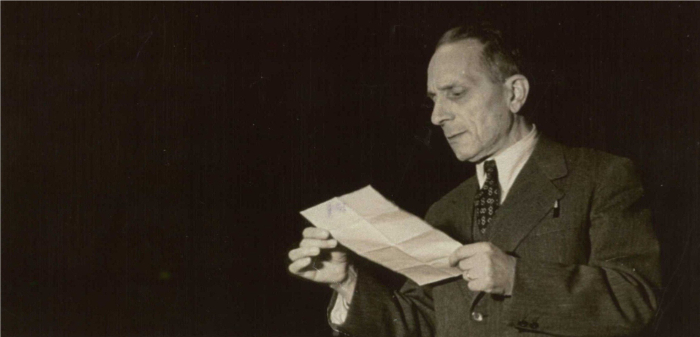During the first decades of the 20th Century, Valencian culture produced Valencian-enthusiastic scientific, artistic and literary manifestations with universal projections, which are sometimes defined as belonging to a second Silver Age, a second Renaissance. They kept to the idealist connotations in the verses of the Himne de l’Exposició Regional Valenciana (1909) (Anthem of the Regional Exposition), afterwards established as the Valencian regional hymn (1925), and currently, the hymn of the Valencian Community (1984): ja en el taller i en el camp remoregen / càntics d’amor, himnes de pau.
Additionally, during a modernisation period and full of social and political conflicts in Europe, the greatest Valencian intellectuals and artist tended to emigration and after to exile. Hence, works by architects Rafael Guastavino or Fèlix Candela; those by painter Joaquín Sorolla, sculptures by Mariano Benlliure, the poster artist Josep Renau; the musical works by Francesc Tàrrega or Òscar Esplà; the scientifics and university students Rafael Altamira, Manuel Corachan, doctors Vicent and Joan Peset, or José Royo; the works by writers and journalist Vicent Blasco Ibáñez, Azorín, Gabriel Miró, Miguel Hernández, Max Aub or Juan Gil Albert; theatre and cinema works by the three Rivelles Generations, the Gaos, Concha Piquer or Luis García Berlanga... achieved to place Valencian and Mediterranean creativity within the world map.
Meanwhile, there was a cohabitation of traditional sociability and styles imported from Europe and North America with Valencian coastal and inland geographies; with the capitality of Valencia and other growing urban centres- such as Castelló de la Plana, Sagunt, Xàtiva, Gandia, Dénia, Alcoi, Alacant or Elx- and with social advances and serious economic and political crises- such us those of 1917, 1923 and 1931.
Those were the times when ‘Valencianism’, growing protagonist of a region which claimed the Old Reign of Valencia’s regional code of laws and tried to build the modern Valencian Country, affective brotherhood and political links with Catalonia augmented; it influenced in the political and dominating trade union trends and participated in the transformation of social perspectives. During those modernization decades, institutionalization and socialization of new culture made of communication and education its protagonists, and in such scopes, Valencian culture needed of public standardization and normalization of language, the language of Valencians.
Its evolution can be remarked with subsequent cultural milestones: the Centre de Cultura Valenciana (1915), or the Declaració Valencianista (1918); and after the Primo de Rivera’s Dictatorship, the Centre d’Actuació Valencianista (1931), activism by entities such as Proa (1935) or the Institut d’Estudis Valencians (1937). The culmination of the Valencian republic of writing took place during the years of the Second Republic (1931-1939) with the political reforms and the expansion of education and social rights, as well as the progressive recognition of a bilingual decree and an autonomy statute. And it was interrupted by the Spanish Civil War (1936-1939) and an awful and long post-war period (1939-1975).
Those were the times of Carles Salvador. With language as an essential patrimony, he decidedly participated as a teacher, pedagogue, journalist, writer and grammarian. Defining himself as authentic (in ‘La poesia valenciana’ in 1930), he inherited and transmitted ‘Valencianism’ ideals and compromises, critically yet open to dialogue, through participation in institutions, such as the Universitat de València, Lo Rat Penat, the Centre de Cultura Valenciana o the Institu d’Estudis Valencians and, mainly, thanks to his affinity with personalities, teachers and literary people from different ideological currents.
Therefore, it is important to highlight his personal, pedagogic and literary relationships with the subsequent generations. During his younger years, Josep Maria Bayarri or Miquel Duran, Eduard Martínez Ferrando or Bernat Ortín, Nicolau Primitiu Gómez-Serrano or Manuel Gonzàlez Martí, els Gaetà Huguet (father and son), monsignor Joaquim Garcia Girona or Vicent Tomàs i Martí. During his biographical peak, with Empar Navarro or Enric Soler i Godes, Francesc Almela or Maximilià Thous Llorens, Enric Navarro or Bernat Artola, Manuel Sanchis Guarner or Josep Giner... And, during the post-war period, with the loyalty of those figures and with the impulse of the new generation of teachers and literary people such as Enric Duran, Maria Ibars, Matilde Llòria, Maria Mulet, Manuel Llorens, Ismael Rosselló, Enric Valor, Emili Beüt, Xavier Casp, Joan Fuster or Vicent Andrés Estellés.
The Acadèmia Valenciana de la Llengua, taking into account the memory and validity of the works from his generation -authentic introduction to modernism of Valencian writings between the Renaissance and our times- has declared 2015 as the Year of Carles Salvador and his time. Hence, the Acadèmia presents and exhibition which carries his name as the title and which takes place under collaboration with the Fundació Carles Salvador de Benassal and other institutions and entities and thanks to the warm reception of the Universitat de València-Estudi General.
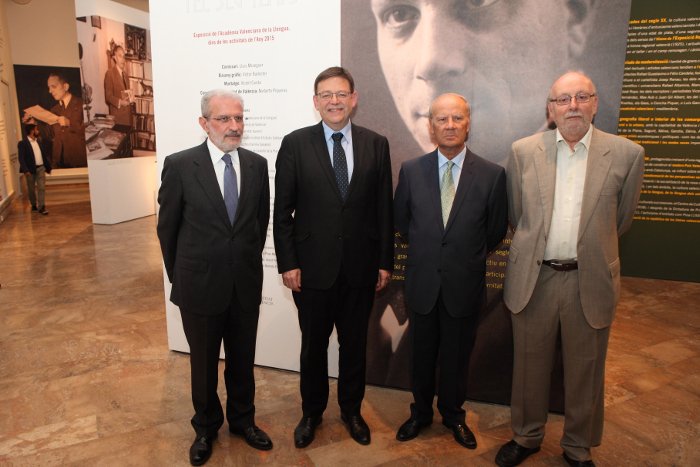
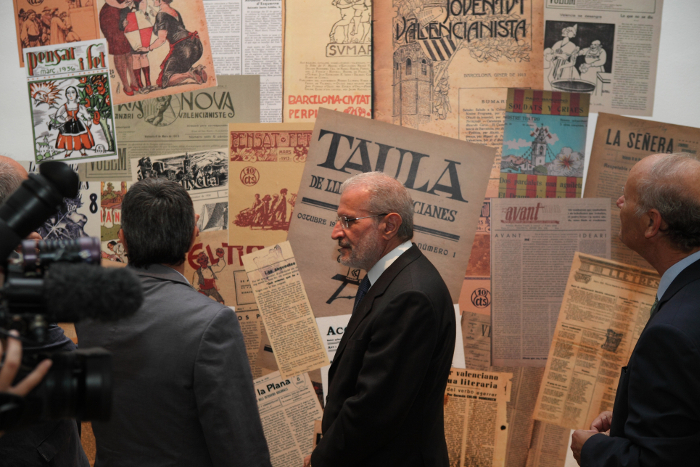
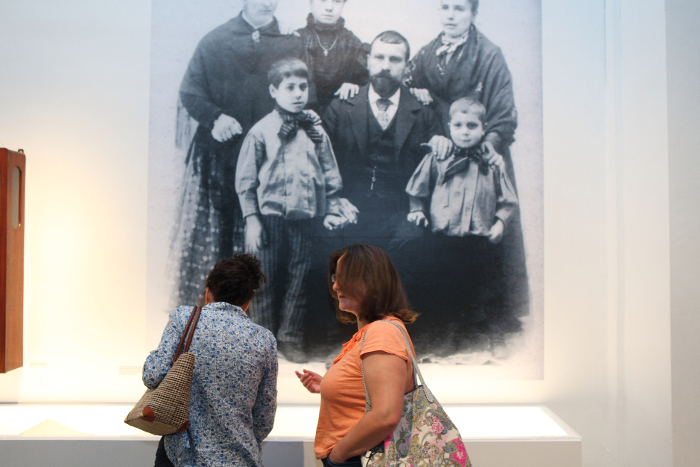
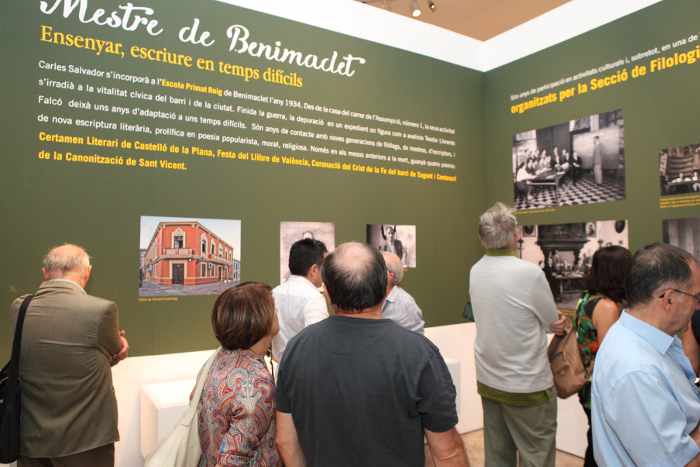
Nota de premsa
